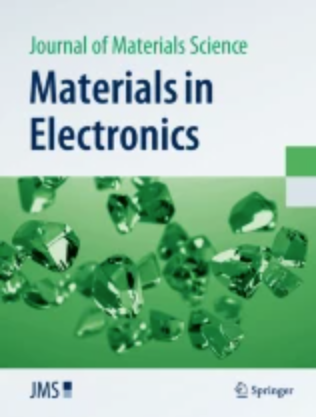Investigation on degradation behavior in citric acid solution for MO-Al2O3-SiO2-B2O3 (M = Ba, Sr) glass and its doped BaTiO3 ceramics
Abstract
This study proposes an innovative strategy for developing a type of BaTiO3 ceramic, which can degrade in citric acid solution, offering the potential for harmless degradation and recycling of BaTiO3 ceramics widely used in the electronics field. The degradable BaTiO3 ceramic has been designed and prepared using chemically active MO-Al2O3-SiO2-B2O3 (M = Ba, Sr) (MASB) glass. By adjusting the glass content, the dielectric constant of the material increases from 725 to 1480. By investigating the physical and chemical interactions between MASB glass phases and BaTiO3 ceramics, we systematically evaluated the degradation behavior in citric acid solution and the dielectric properties of the BaTiO3 ceramics. The results show that the ratio of [TiO6] units to [TiO4] units in glass phases is a crucial factor in determining the chemical stability of BaTiO3-doped MASB glass in citric acid solution. As the ratio of [TiO6] units to [TiO4] units increases from 0.347 to 0.464, the mass loss rate of the BaTiO3-doped BASB glasses in citric acid decreases from 70% to 36.1%. Through SEM–EDS analysis of the BaTiO3 ceramics, it was found that the degradation of MASB glass phase between the BaTiO3 grains in citric acid solution triggers the structural disintegration of the BaTiO3 ceramics.

 求助内容:
求助内容: 应助结果提醒方式:
应助结果提醒方式:


